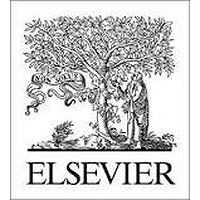Humans are likely exposed to cadmium sulfide nanomaterials (CdS NMs) due to the increasing environmental release and in vivo application of these materials, which tend to accumulate and cause toxic effects in human lungs, particularly by interrupting the physiological functions of macrophage cells. Here, we showed that protein corona played an essential role in determining cellular uptake and cytotoxicity of CdS NMs in macrophages. Protein-coated CdS NMs enhanced the expression of FcgammaRIIB receptors on the cell surface, and the interaction between this receptors and proteins inhibited cellular uptake of CdS NMs while triggering cell apoptosis via the AKT/Caspase 3 signaling pathway. Cytotoxicity of CdS NMs was greatly alleviated by coating the nanomaterials with polyethylene glycol (PEG), because PEG decreased the adsorption of proteins that interact with the FcgammaRIIB receptors on cell surface. Overall, our research demonstrated that surface modification, particularly protein association, significantly affected cellular response to CdS NMs, and cellular uptake may not be an appropriate parameter for predicting the toxic effects of these nanomaterials in human lungs.

Fc gamma RIIB receptor-mediated apoptosis in macrophages through interplay of cadmium sulfide nanomaterials and protein corona
Review badges
0 pre-pub reviews
0 post-pub reviews
